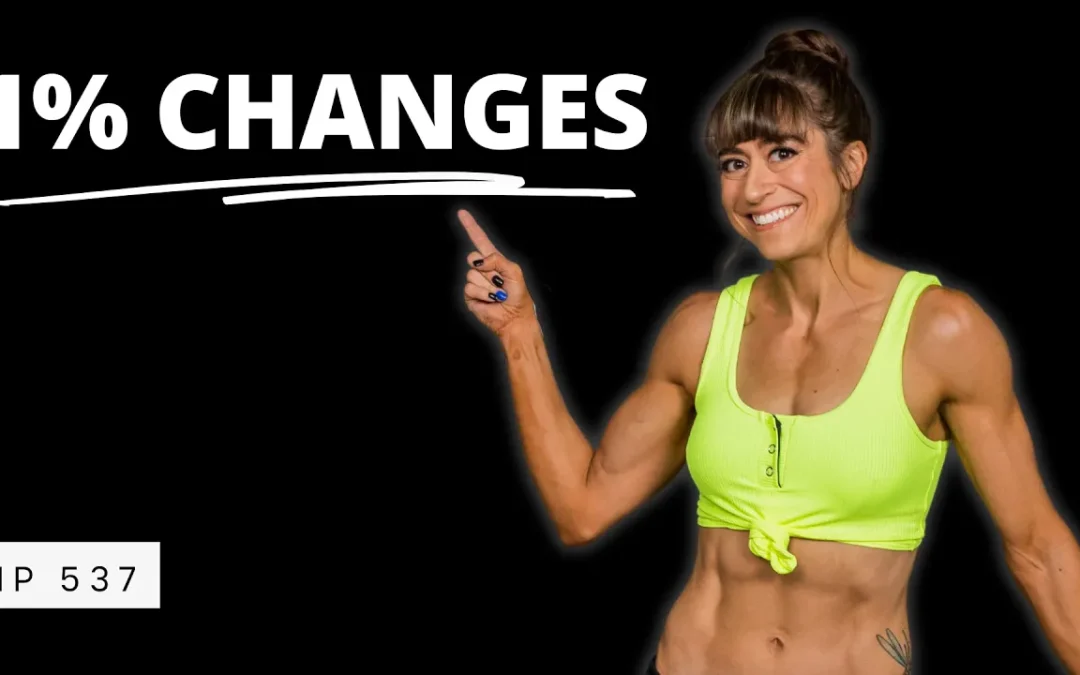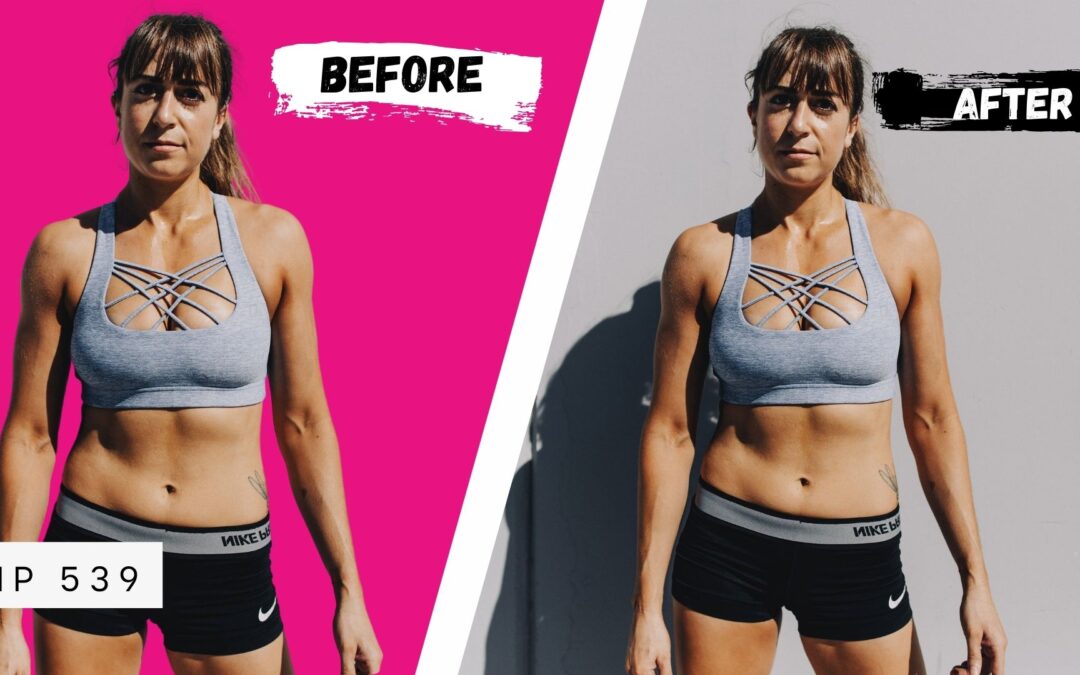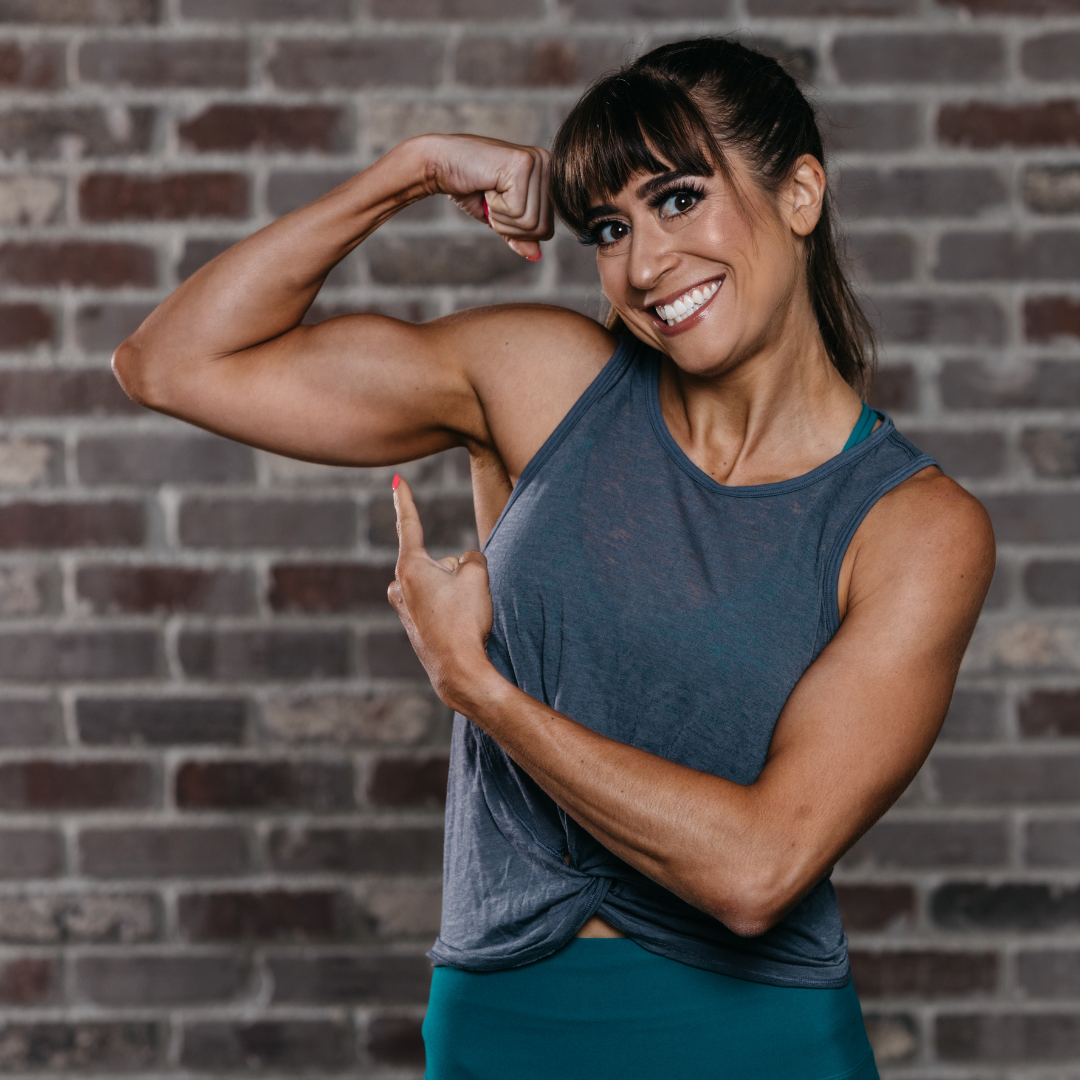
by Cori Lefkowith | Oct 3, 2023 | podcast
Sometimes it feels like nothing is working! No matter how hard we try, we stay stuck in the same spot, asking ourselves, “Why is nothing working?!” A lot of the time, what it takes is going back to those boring basics. As much as it’s tempting to...

by Cori Lefkowith | Oct 1, 2023 | Blog, Exercises, Workouts
The number one thing impacting your metabolic health isn’t your age… It’s your muscle mass. And so often as we get older, we DO lose muscle. Not to mention previous dieting and workout practices for weight loss often cause us to lose muscle as we strive for faster...

by Cori Lefkowith | Sep 26, 2023 | podcast
We are often our own worst enemy.And it comes back to the fact that whether we believe we can or we can’t we’re right.How we perceive things, dictates our actions – whether we see things as obstacles or opportunities is our choice.That’s why I wanted to discuss...

by Cori Lefkowith | Sep 26, 2023 | Blog, Diet
STOP labeling foods as “good” or “bad.” First off, foods do not have any moral value and assigning them one onlyends up making us feel guilty for eating specific things. And that guilt is often what truly sabotages our results and prevents us from creating sustainable...

by Cori Lefkowith | Sep 19, 2023 | podcast
So often when we want to see a better result, we feel like we need to make these massive changes.When often it is 1% tweaks, slight shifts in perspective that add up.That’s why I’m excited to share some amazing meal prep and workout hacks you can implement this week...






